ZF presents 48-volt drive system for e-bikes
ZF had initially announced the system in mid-May with plans to present the system at the Eurobike trade show, which the German technology supplier is now following up with and revealing the full technical specifications.
The core component of the system is the ZF ‘CentriX’ drive unit with a very compact 90 Newton metre mid-motor. CentriX consists of a mid-motor and a gear stage in a cylindrical design. The installation dimensions stand at 88 millimetres in diameter and 118 millimetres in width. It is available in two versions, the ‘CentriX 90’ with 90 Nm)of torque and a maximum output of 600 watts is designed for mountain, trekking or SUV bikes, while the ‘CentriX 75’ with a torque of 75 Nm of assistance and a maximum output of 450 watts is to perform on gravel or urban areas.
ZF further specifies that the “ZF Bike Eco System is based on a 48-volt architecture and delivers 250 watts of continuous power.” A 504- or 756-Wh battery is available, mounted in the down tube using a rail system, and can be removed to charge the battery. The Core Controller is mounted in the top tube and provides the central control and operating unit for the complete system and shows the cyclist information such as the battery charge status.
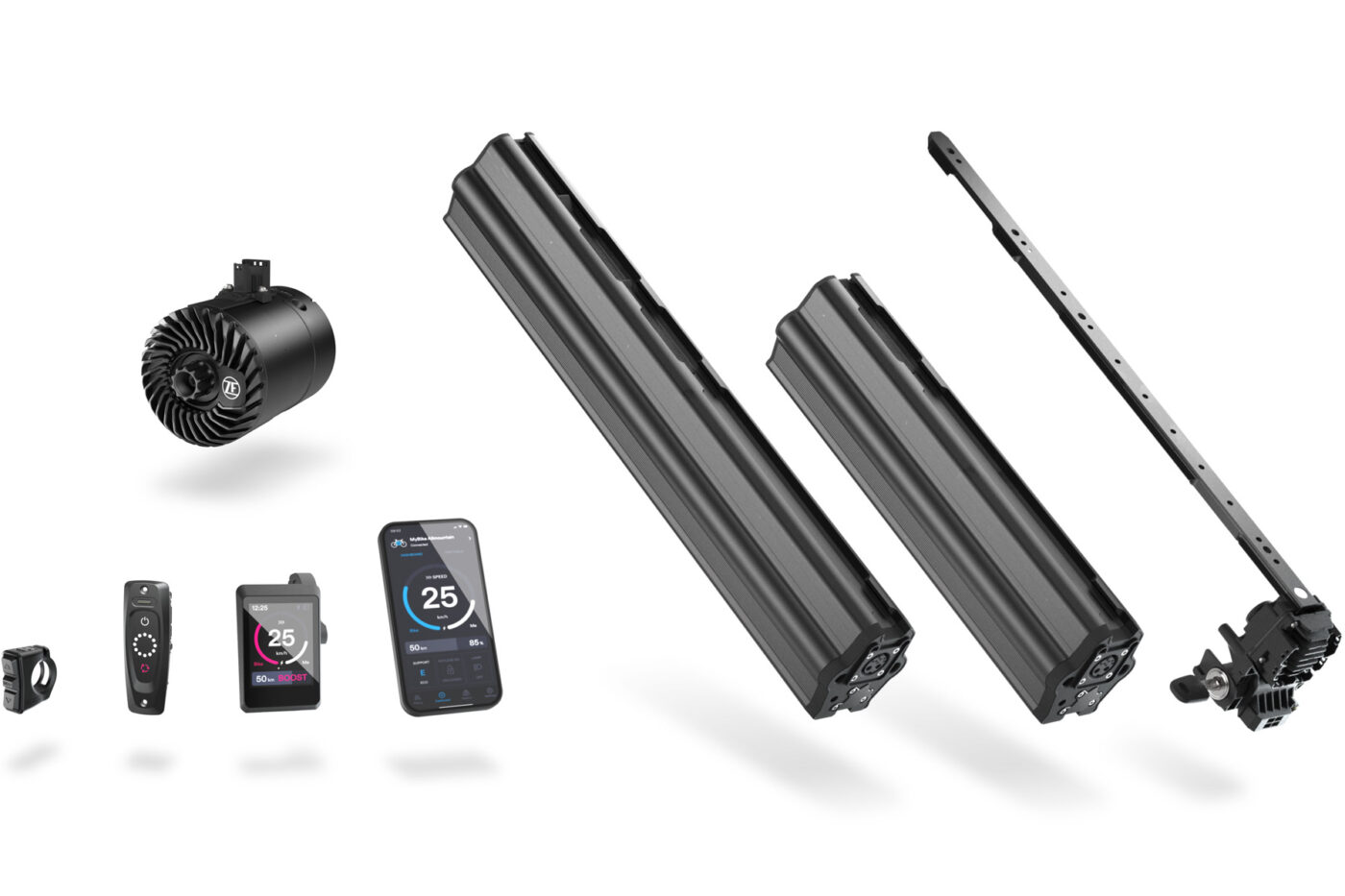


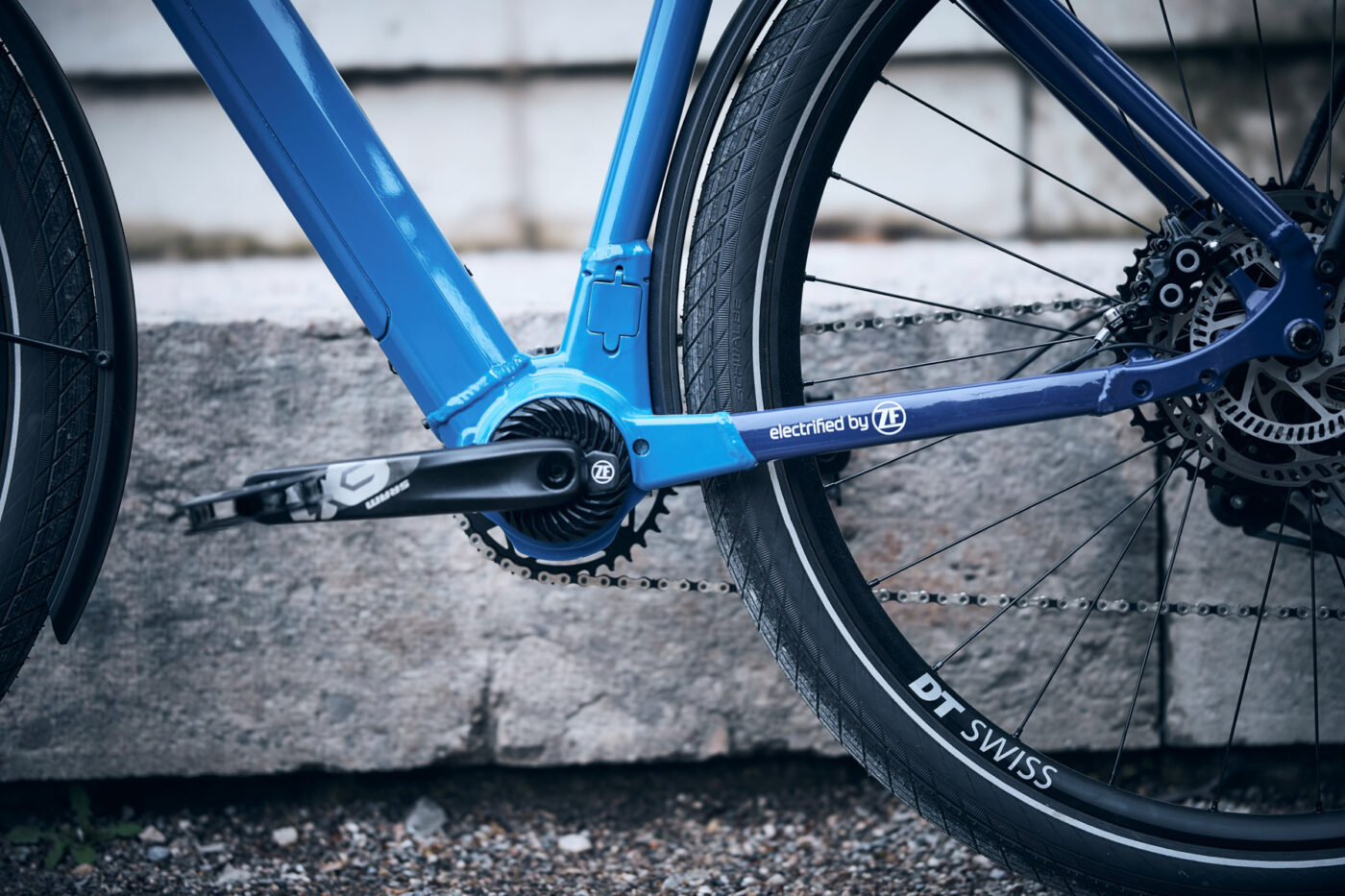
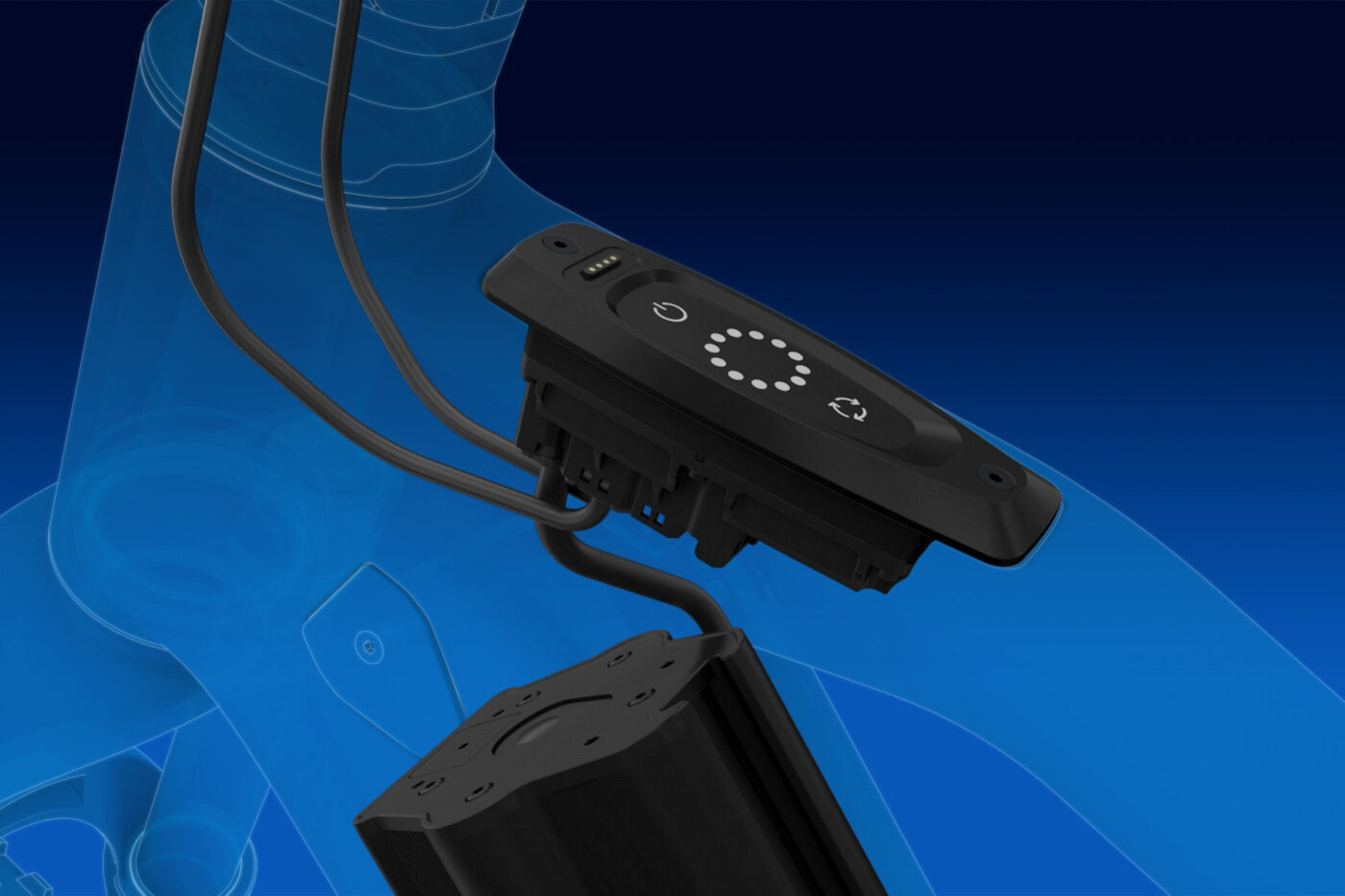
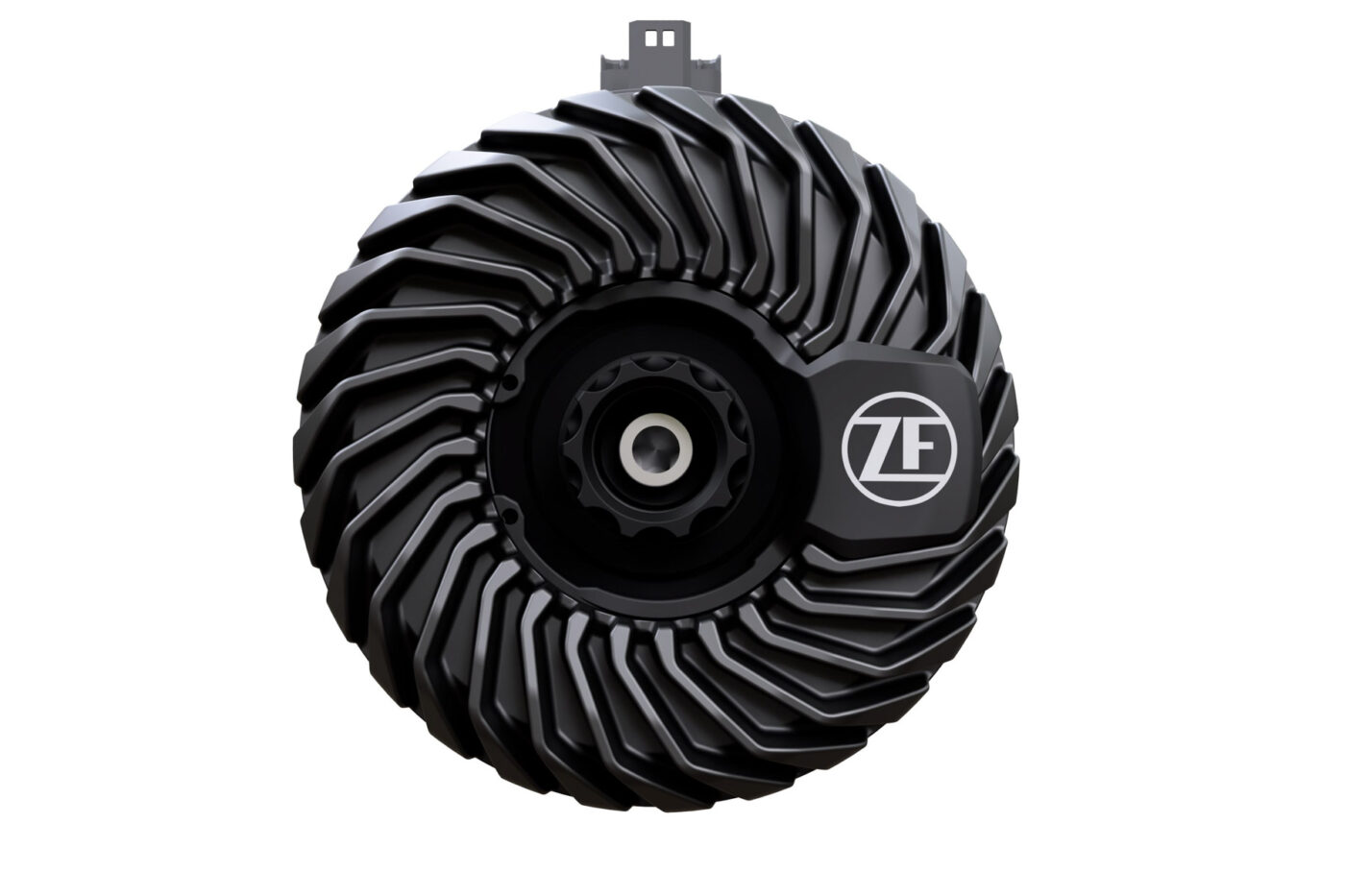
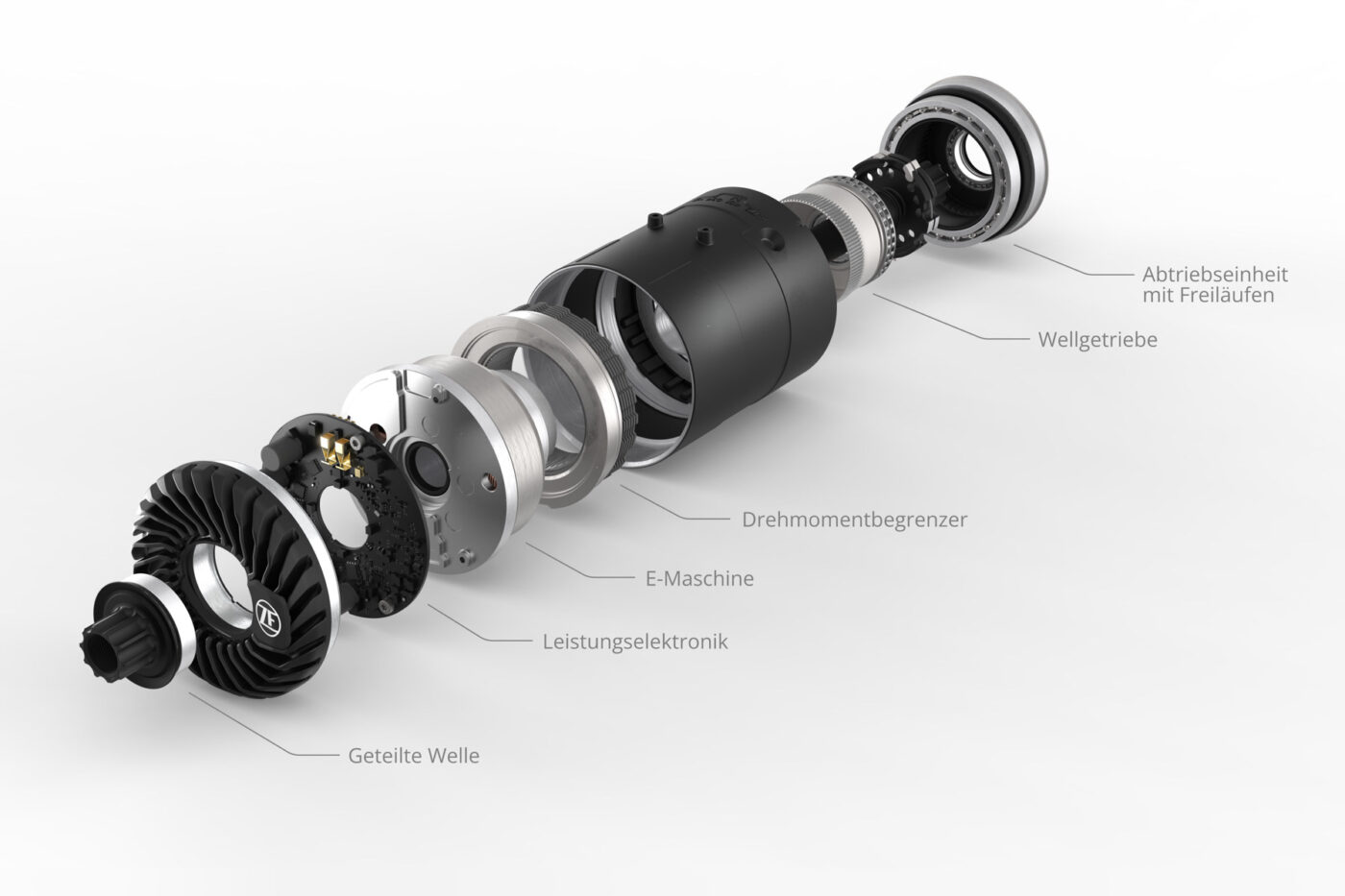
“With our CentriX e-bike drive unit, which weighs just 2.5 kilograms and is uniquely compact, we are setting a benchmark in the power class up to 90 Newton meters of torque,” explained Daniel Haerter, Head of the Micro Mobility business unit at ZF. “This allows bicycle manufacturers to offer their customers high-performance e-bikes that are similar in weight and appearance to e-bikes with a lightweight support motor.”
ZF has even already found its first customer, with the Schweinfurt-based bicycle manufacturer RAYMON Bicycles, which will launch the ebike ‘Tarok’ in early 2025. The system is designed as an “open “open system that provides interfaces and integration options for third-party providers,” meaning that bike manufacturers are particularly flexible in their component choices and installation options.


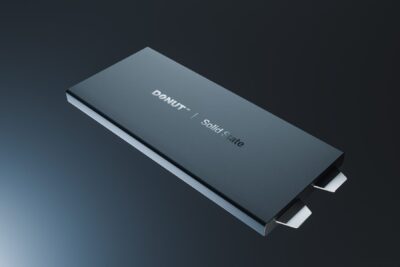

1 Comment